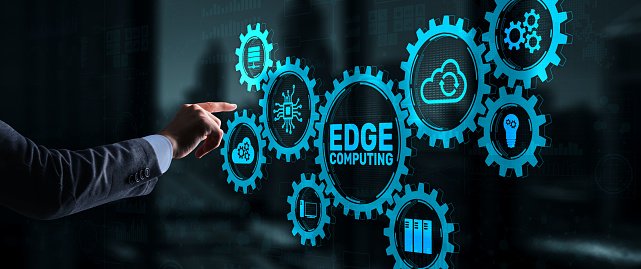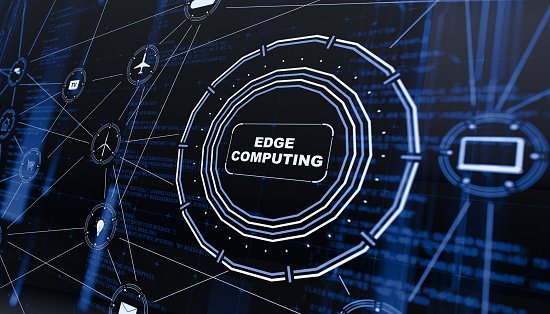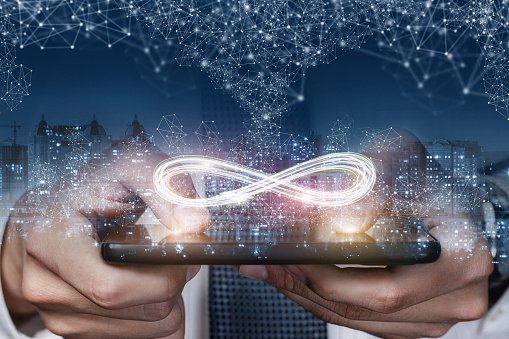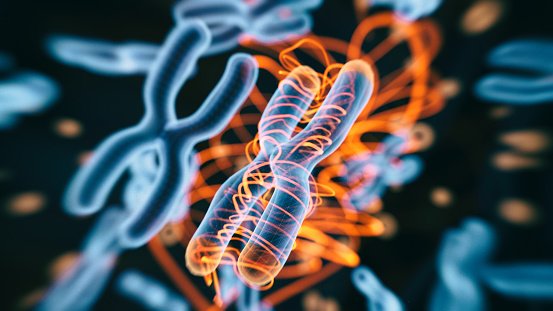Revolutionizing Data Processing: The Edge Computing Advantage
In modern technological era, the edge computing become essential element of each life aspect. By recalling the this term in your mind, what things touch the walls of your brain?
So let me clear! Its looks like the type of computing that takes place at the edge of corporate networks. Therefore, the term edge is defined as the place where end devices access the rest of the network, devices like phones, industrial robots, and sensors.
Extending series of computing types, now we are discussing Edge computing
The need for Edge Computing
Today, the public cloud is unrivaled in its ability to store and compute data. So there is a growing need for real-time data processing in all these fields. what should do about it?
One solution! Edge computing
Computing at the edge means running fewer processes in the cloud. Yet, moving those processes to local places, such as on a user’s computer, an IoT device, or any other local device. As discussed earlier the second name of this type of computing is fog computing.
But getting the data there and backup is limited by the speed of light and size of the internet “PIPES,” With this technology, the data is not sent to the cloud, but acted on at the source, creating real-time insights.
When data physically fit closer to the users who connect it. Therefore, the information is shared quickly, securely, and without latency. In financial services, gaming, health care, and retail, low latency by edge computing are vital for a great customer digital experience.
How does edge computing work?
Edge computing is an extension of cloud computing or its additional type. It requires an external resource as an edge device. This computing has three components includes:
- Cloud Server
- Device (mobile, laptop, camera, and other IoT)
- Edge device (intermediate node between device and cloud).
For example, let us imagine you are moving towards a particular area, having a CCTV camera, so you have to record all physical activities of that place. For this, someone uses the traditional approach by recording through the camera for 24 hours. This recording will save in the cloud server, where it is processed. After that, finally required part of the video is stored in a cloud database. Therefore, it will cause a heavy load on your cloud by using more internet.
The smart solution to this problem is to place a motion detector or sensor in the camera. So it will automatically detect the physical activities and record them. At last, it stores in the cloud database. This new approach of edge computing will lessen your communication gap because it utilizes less storage of cloud resources. This motion sensor operates as an edge device, installed near the camera (as the data source).
What is Edge Computing?
Edge computing is a way of processing data from smart devices locally instead of in the cloud. It brings the computing closer to where the data is being collected.
For example, a smart traffic system can use edge computing. The cameras and sensors on the traffic lights collect data about how many cars are waiting. This data can be processed in small computers attached right on the traffic poles instead of sending it far away to the cloud.
Doing the computing work close to the source lets the traffic system respond faster. The lights can change quicker to keep traffic moving based on the live data.
Why is Edge Computing Helpful?
- It is faster because data doesn’t have to travel as far to be processed. Computing happens right away on the local edge devices.
- Moreover, it allows systems to respond in real time. Traffic lights can change immediately based on live conditions.
- It works well when internet connections aren’t reliable. The edge devices can keep working even if they lose connection.
- It is more secure since sensitive data doesn’t have to be sent over the internet to the cloud.
When is Edge Computing Used?
Some examples of edge computing include:
- Smart factories that monitor machines and fix errors quickly using local computers.
- Self-driving cars that make decisions based on real-time data analysis on the edge.
- Smart home devices like Nest analyzing home data locally to control temperature or lighting.
It brings the power of the cloud closer to where it is needed. It allows faster and smarter responses using local processing and analysis. Companies are using it more and more to make devices and systems work better.
Benefits
It is considered as one of the next-generation technology that will enhance the efficiency of various devices all over the world.
Here are some benefits
- It reduced the usage of a cloud, by making reliable data available.
- It provides a faster and real-time response.
- There is no communication gap, so data become available quickly. No recording, no processing!
Applications of edge computing
Being a modern technology, Edge computing has many uses in various fields to reduce cloud storage, offline availability, and time wastage. Therefore, we are touching on some important pinpoints as follows
1. Security system Monitoring
We discussed earlier the use of edge computing in CCTV cameras, security devices, and detectors. It reduces cloud storage, high bandwidth, and the internet by giving quick access to the data.
2. IoT devices
The IoT devices are the modern approach of this era. That produces facilitation in the life of many peoples. These devices include mobile phones, laptops, internet devices, and home appliances to compute the data as an edge device.
3. Self-driving cars
As to introduce automatic vehicles, edge computing is crucial. Automatic cars utilize this technology for a quick and real-time response without any input or server’s advice.
4. Medical monitoring Device
Quick response is the crucial role of medical monitoring devices. So they have to generate accurate medical reports without any server involvement.
5. Video production
Yet, Live video streaming requires high bandwidth and high speed of internet. But, this technology has reduced backend sources to decrease latency and lag.
Cons
With numerous advantages, this computing has few downsides. So here we are going to discuss them one by one.
- Use of this type of computing increases the risk of attack vectors.
- It requires more local hardware. Therefore, its commercial use is less.
- Additional resource is required for edge source processing.
Future of edge computing
Nowadays, you observe a lot of IoT devices at your home, workplace, and other institutes. Therefore, the Statistics predict that more than 75 billion IoT devices will hit the market by 2025. So to support such a large number of IoT devices, you cannot use the traditional computing method. Therefore, the best solution to the problem is the emergent tool of edge computing.
For more informative tech blogs. Visit: https://softtechgenics.com/




